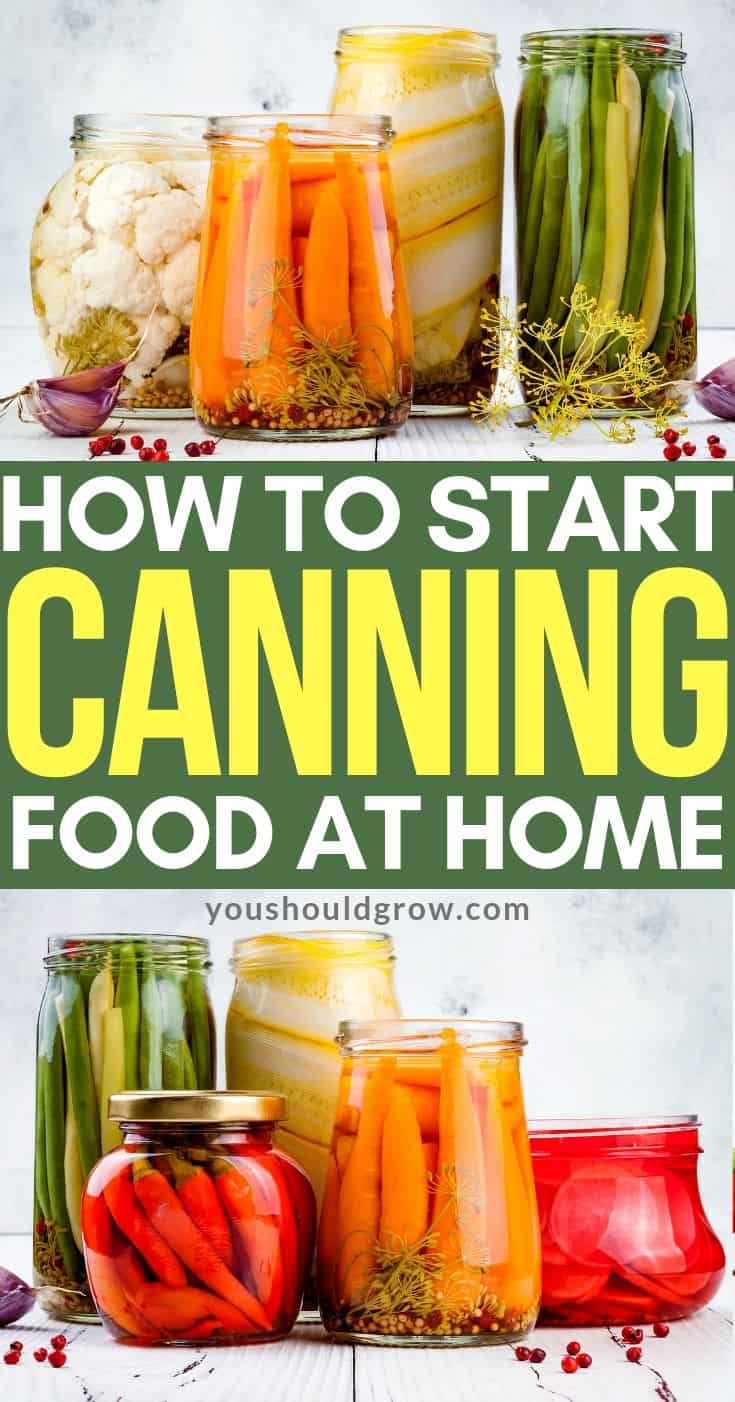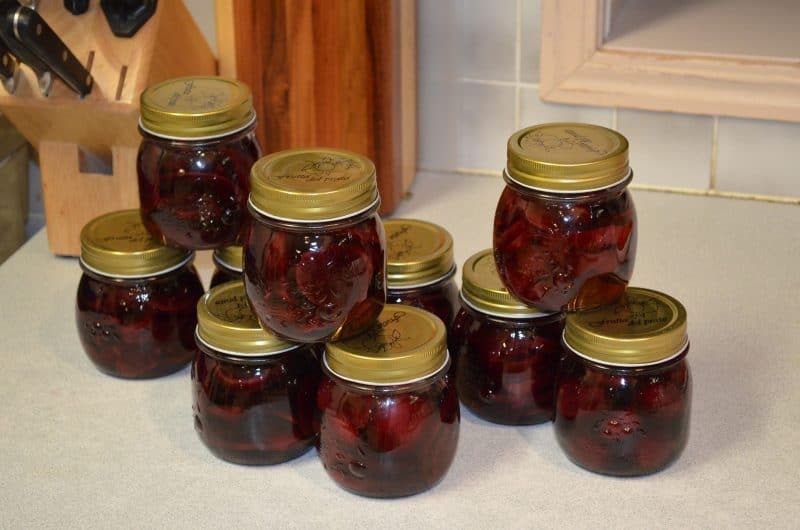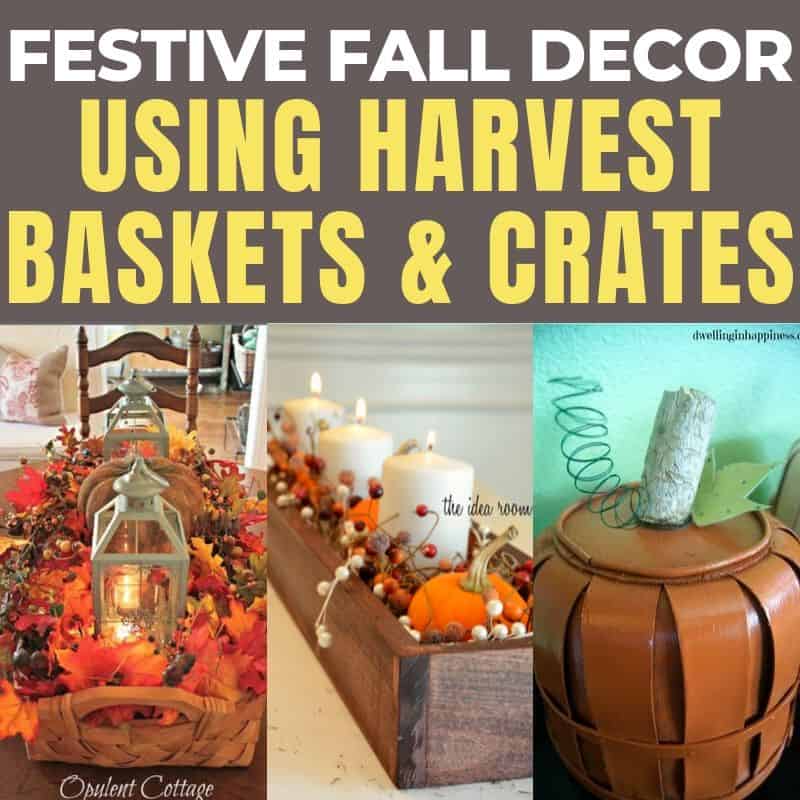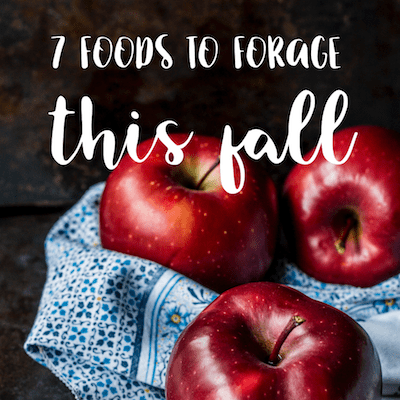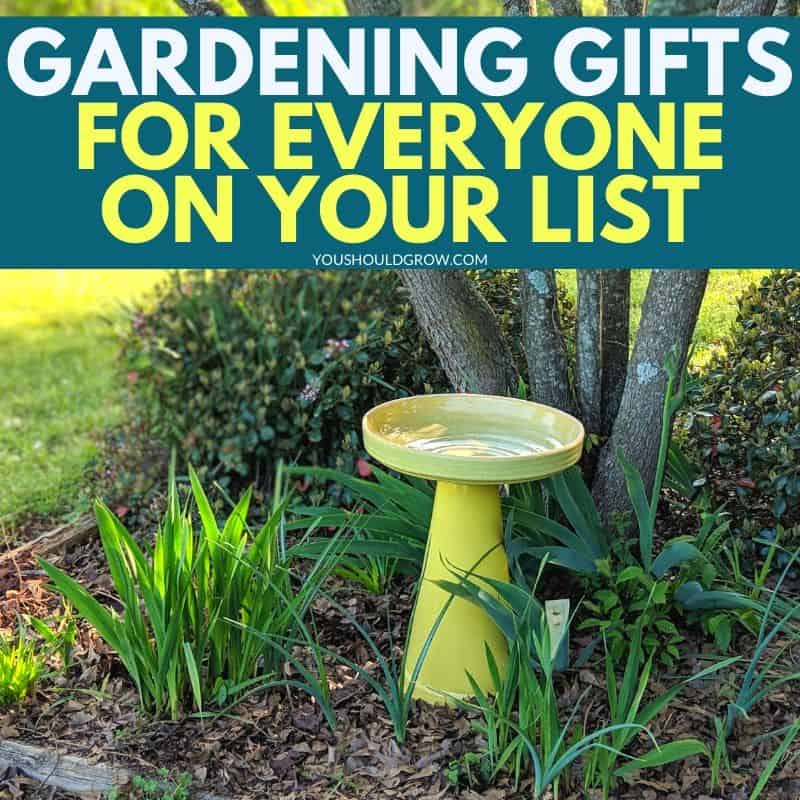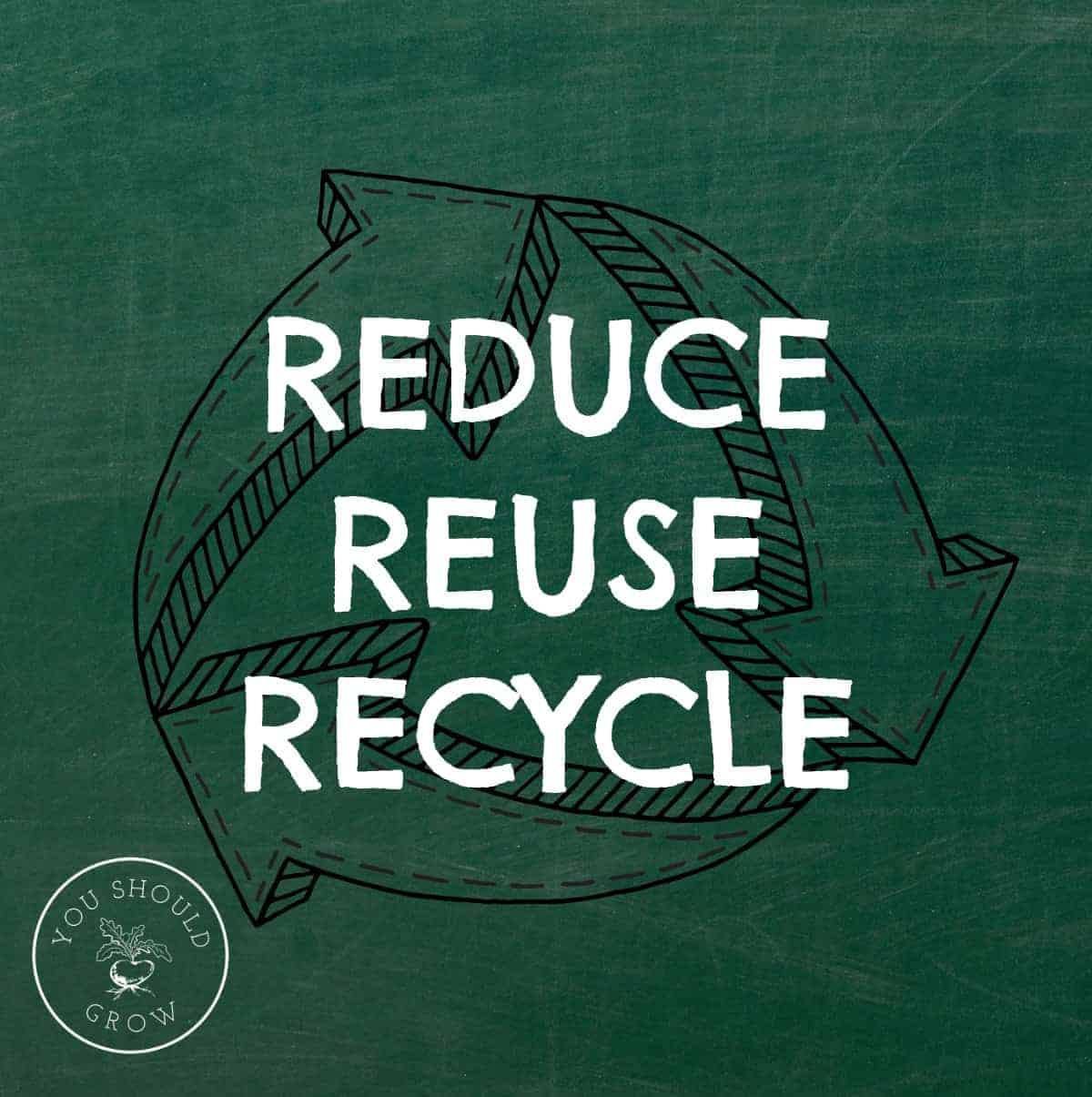Canning At Home – Tips For True Beginners
As an Amazon Associate and member of other affiliate programs, I earn from qualifying purchases.
When you’re new to canning food at home, the whole process can be intimidating. Not only does it take a good bit of time and space in the kitchen, but there’s also that worry that you’ll do it wrong and get sick later.
I used to feel the same way. But once I’d gone through the process a couple of times, I realized it wasn’t that big of a deal.
Remember this:
When you’re just starting to can at home, you don’t have to try to fill your whole pantry. It’s okay to work in small batches until you get more comfortable canning and find a few favorite recipes.
How Canning Works
Don’t be intimidated by the canning process. In the simplest recipes, it’s really just a matter of boiling your jars in water bath canner to heat the internal contents and destroy any harmful bacteria.
Once out of the boiling water, the lids on your jars create a vacuum seal as they cool and can be stored in a cool dark place for months or years.
Canning at home: basic supplies
Canning fresh produce is a very cost-effective way to preserve your harvest and stock up on a your favorite seasonal items for use year-round. To get started, you just need a few, inexpensive canning supplies.
So which canning supplies are the most essential and which ones are optional?
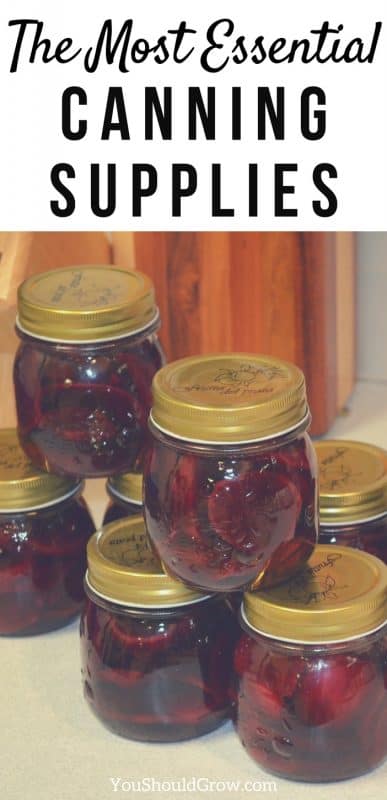
Must Have Canning Supplies
- Water bath canner (We have this one)
- Canning Books and Recipes (This is our favorite)
- Canning Tool Kit (Check this one out)
- Mason Jars
Optional Canning Supplies
- Jam and Jelly Maker
- Pressure Canner and Cooker
Tired of canning and want more options for preserving? Read 4 Ways To Preserve Tomatoes
Supplies required for canning at home
Canning is a great way to enjoy healthy, nutritious foods throughout the year. It allows you to preserve everything your garden has to offer throughout the year and take advantage of produce you find at the farmers market.
Water Bath Canner
Aside from canning jars, the main piece of equipment you’ll need is a water bath canner. While you can use any large stockpot to boil your jars of homegrown goodness, a water bath canner is often more convenient and can fit more jars.
If you’re in the market for a water bath canner, consider the Granite Ware Water Bath Canner. This large pot has a jar rack that your canning jars will sit on for easy insertion and removal of your filled canning jars.

The 21.5 quart pot is a great size for canning and holds 7 one-quart jars, 9 one-pint jars or 13 half-pint jars. The stepped design of this canner produces more even heat and allows more boiling water to contact the top half of the jars.
This canner is designed to work on both gas and electric burners, but the manufacturer suggests against using it on glass top stoves.
Why you need a water bath canner
Two reasons: size and the jar rack.
The large size means you can can as much as possible at a time. And the jar rack can be lifted and rest along the edges of the pot for easy placement of your jars.
It remains in place during canning to prevent the glass jars from touching the bottom of the pot. Why is this important?
Because having the glass in direct contact with the bottom of the pot may cause your jars to bust open! Let me tell you that is not something you want to clean up. For that reason alone it is well worth investing in a proper water bath canner.
When the water bath process is completed, you can lift the rack with the cans out of the water for easier removal. The jar rack gives you more control over the heat and jars, resulting in better overall canning results.
Canning Recipe Books
The All New Ball Complete Book Of Home Canning comes highly recommended by all home canning experts.

Everyone knows that Ball is one of the biggest names in the canning world. When they publish a book on canning, it’s something worth paying attention to, and the newest edition of this canning reference does not disappoint.
Yes, there are a lot of free resources about canning available online, but there’s just something about having a big book sitting on your kitchen counter that you can reference throughout the canning process. It’s also nice to have and leaf through for inspiration when you’re facing a big batch of produce that needs to be put up.
As expected from a book like this, it has a lot of recipes for a large variety of canned products you can make right at home in your kitchen. What makes this book such an invaluable resource though is all the extra information packed into these pages.
You’ll find detailed information on the basics of canning and each step of the food preservation process.
Safety is crucial when you’re preserving food that you and your family will eat months from now. This book has a lot of information about foodborne illnesses and how to prevent them.
You have to make sure you kill bad bacteria when you can your own food and, to make that happen, you should follow the time tested processes that this book will teach you.
This is a book on canning that you will come back to again and again for canning advice, to review the handy guide on produce weight vs. volume, and of course, to try some of the amazing recipes included.
I highly recommend you add this to your library of cooking and homemaking books.
More canning books in my library:
Canning Tools Kit
If you’re new to canning, the idea of handling hot jars submerged in boiling water can be pretty terrifying. Grabbing hot, wet, slippery canning jars with your kitchen tongs and wrestling them out of the pot and onto a folded towel on the counter does sound a bit dangerous.
Fortunately, there are tools that are made just for this purpose. Enter the HIC 5-Piece Canning Set.

Make sure you have a canning kit that includes jar tongs in your canning supplies. These special little tongs wrap around the jar, making it easy and safe to handle even the hottest canning jars.
You also get a set of kitchen tongs for lifting canning lids out of the pot when boiling them to sterilize and handling hot food that needs to get into the jars and a magnetic lid lifter for pulling the can lids out safely.
Another essential for your canning supplies, the included funnel makes it easy to pour liquids into jars without the risk of spilling it all over the jar and the counter. The funnel is nice and wide, making it easy to pour chunky things without making a big mess.
When you’re canning, you need to tighten lids after you get the hot jars from the water bath. The included jar wrench is much safer and easier to use than grabbing some kitchen towels to tighten the lids.
Canning Jars
Who doesn’t love mason jars? They are, of course, great for their intended purpose, but there are many other uses for these essential canning supplies.
Use ball mason jars as drinking glasses, flower vases, storing leftover food, carrying lunch to work, and more. Older jars that are past their canning prime can be turned into all sorts of arts and crafts around the house.
Ball is the most popular brand when it comes to canning and mason jars. In addition to canning, they are a great storage solution for the freezer as well.
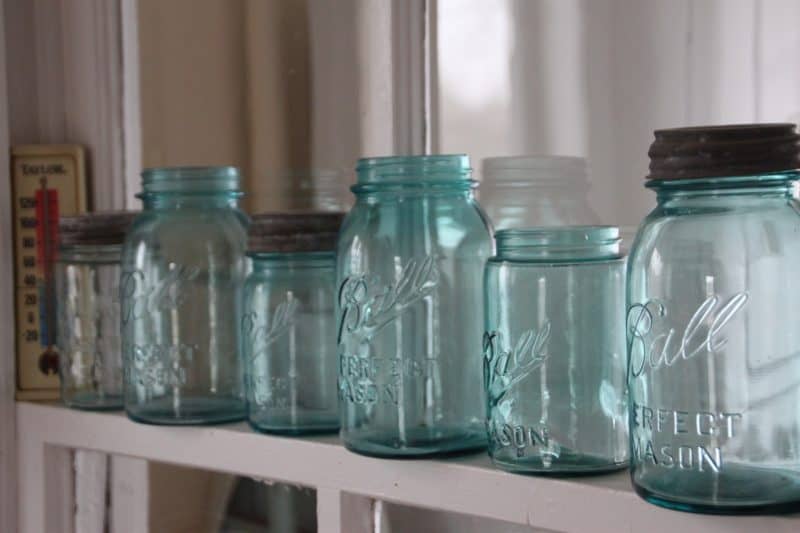
With more and more health concerns popping up about plastic storage containers and the risk of contamination into the foods we eat, some homesteaders feel safer using glass instead. Ball jars have yet to break on me in the freezer or in the canner, which is important in my book.
It’s important to note that once you freeze a jar you should no longer use it for canning.
When you start to make things like freezer jam, or use jars as freezer containers, keeping good track of what can go in the freezer and what’s used only for canning is important.
Home Canning Beginner Tip:
Before you start to can anything, think about the serving sizes you end up using for any particular food.
For example, if you use only half a jar of spaghetti sauce at a time, and then struggle to use it all up before it goes bad, pick a smaller jar when you make and can your own.
The same goes for jelly. If you’re not a big jelly or jam eater, make small batches and can them in little half-pint jars. This allows you to still make a variety of different fruit preserves and more importantly it makes sure that jelly stays tasty to the last bite.
Ball mason jars come in a huge variety of sizes as well as regular and wide mouth jars. You can order them straight from Amazon and have them delivered to your front door.
With free Prime shipping, this is one of the most cost-effective ways to get them.
Optional Home Canning Supplies
Automatic Jam and Jelly Maker
If you love your bread maker and rice cooker, you’re going to love the Ball automatic jam and jelly maker. It’s one of those nifty little appliances that can save you a lot of time and effort.
This fancy-do-dah electric appliance heats, stirs, and cooks a batch of homemade jelly or jam on autopilot. You add the ingredients, turn it on and come back to yummy jam, ready to pour into canning jars.
From there, you can process the jars in a hot water canner, freeze the finished fruit preserves, or just start eating it.
This will come in very handy for anyone that loves making homemade jelly but has a hard time standing at the stove stirring posts for long periods of time.
Other ways to use the jelly maker
While this is marketed as a jam and jelly maker, it is actually a lot more versatile than that. Essentially, it’s an electric cooker with built-in stirring paddles.
When you look at it that way, it opens up all sorts of cooking possibilities. Use it to make spaghetti sauce, small batches of soup, or any type of sauce that involves a lot of cooking and stirring. Now it’s a much more versatile and usable small kitchen appliance.
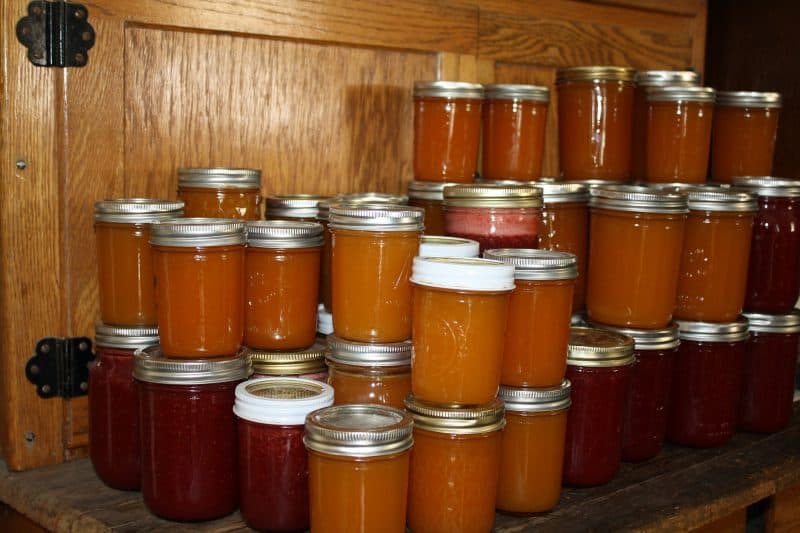
The Ball Automatic Jam and Jelly Maker is a small appliance that won’t take up any more room than your slow cooker on the kitchen counter. It’s also pretty light-weight, making it easy to move it from the cabinet to the counter and back.
No matter how busy you are, you can turn on this jelly maker and have it take care of the cooking and stirring for you leaving no excuse not to have fresh homemade jam on the breakfast table.
Do you need a pressure canner?
Some foods, like low acid vegetables and meats, are not safely canned in a water bath canner. In those instances, you need a pressure canner.
A pressure canner effectively raises the temperature of the canned contents to 240 degrees Fahrenheit which is high enough to kill the organism that causes botulism. Water bath canning, on the other hand, only raises the temperature to 212 degrees Fahrenheit.
This is fine for acidic foods and jellies because the Clostridium bacteria cannot survive in a low pH environment. But if you want to can your veggies without pickling them, you need to use a pressure canner.
Instead of being submerged in boiling water, a pressure canner uses steam to push all the air out of your canned food and fill the space with boiling water and steam at much higher temps than can be achieved with a water bath canner. Since there is no air in the jar, the heat is distributed evenly to all parts of the jar.
Presto Pressure Canner and Cooker
Pressure canners come in many sizes and price ranges. The Presto Pressure Canner and Cooker is a great choice because it is affordable, has a large capacity, safe and sturdy locking lid, and easy to read pressure gauge.
This pressure canner also has nice safety features like plastic handles so that you won’t burn yourself when the canner is hot and a pressure regulator that releases excess built up steam. You can also use this canner for water bath canning and pressure cooking.
The Presto pressure canner and cooker comes with a canning rack, instruction manual, and recipe book.
Now that you have all the essential canning supplies, what will you can first?
Here’s a quick rundown of the whole canning process in an infographic. PIN IT!



